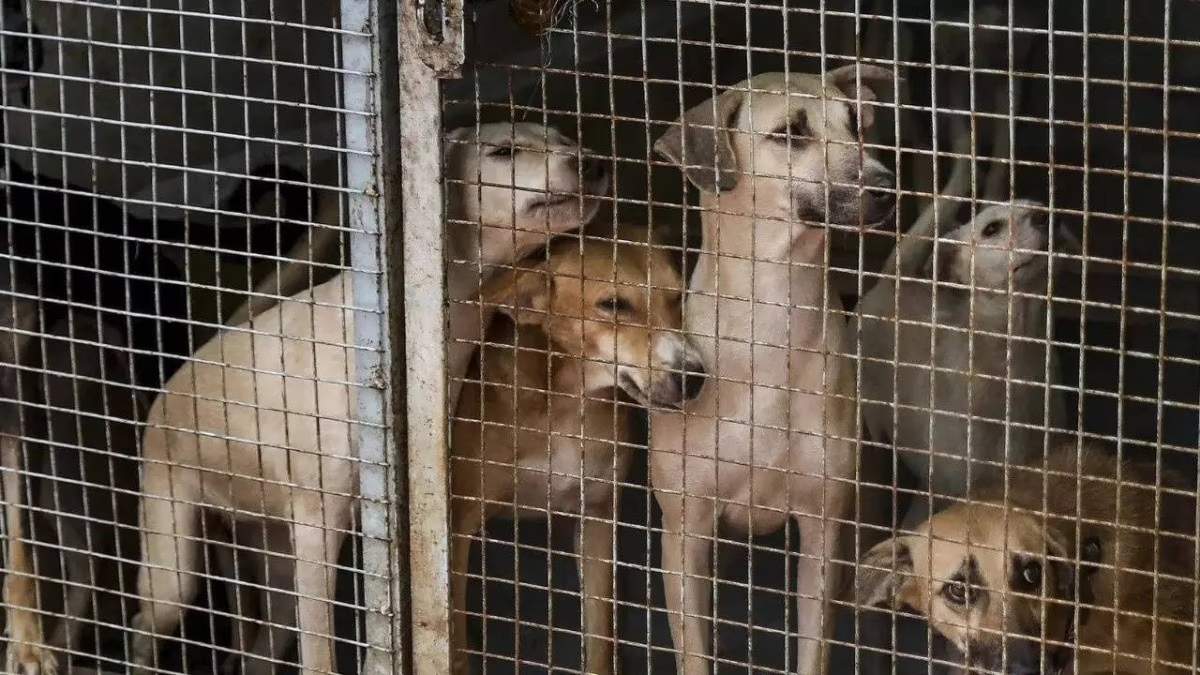The recent ruling by the Supreme Court regarding stray dogs in Delhi-NCR has sparked a divide in public opinion. Highlighting the severity of the stray dog issue, the Court has mandated the relocation of dogs to shelter homes within eight weeks. Why did the Court deem this step necessary?
On July 28, the Court took suo motu notice of the escalating cases of dog bites and rabies-related deaths in Delhi-NCR. In just 2024, there were over 3.7 million reported cases of dog bites in India, involving more than 519,000 children under the age of 15.
Statistics show a grim picture, with 54 suspected rabies-related deaths in Delhi—higher than the 50 deaths reported in 2023. On average, Delhi is witnessing 2,000 dog bite incidents daily, and from January to June 2024, 35,198 animal bite cases were recorded. According to the World Health Organization, 36% of global rabies deaths occur in India, underscoring the serious nature of this crisis.
2024 saw more than 3.7 million dog bites. In Delhi alone, there's been a 143% increase in dog bite cases compared to 2023, raising alarm bells.
Rabies, often transmitted through dog bites, is 100% fatal without timely vaccination. In 2024, rabies caused 54 deaths. There's a lack of action on the administrative front as well. Despite Animal Birth Control (ABC) Rules, 2023, which mandate sterilization and vaccination, less than half of the estimated 1 million stray dogs in Delhi have been sterilized, pointing to inadequate population control efforts.
On Monday, the Supreme Court took a solid stand on the stray dog problem, ordering all stray dogs in Delhi-NCR to be moved to shelter homes within 8 weeks for sterilization and vaccination, and these dogs won't be returned to the streets.
Additionally, the Court instructed the setup of a helpline for dog bite complaints within a week and warned of contempt proceedings against those obstructing the shelter process. The Delhi government has been directed to disclose vaccine stock and treatment information publicly, alongside establishing shelter homes with a 5,000-dog capacity and deploying trained personnel.




